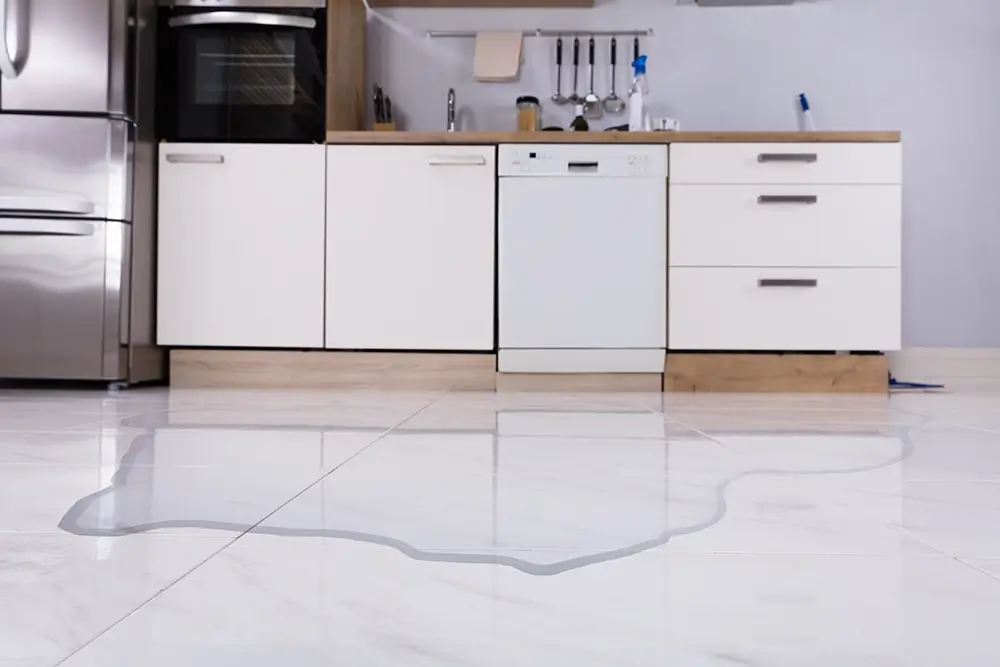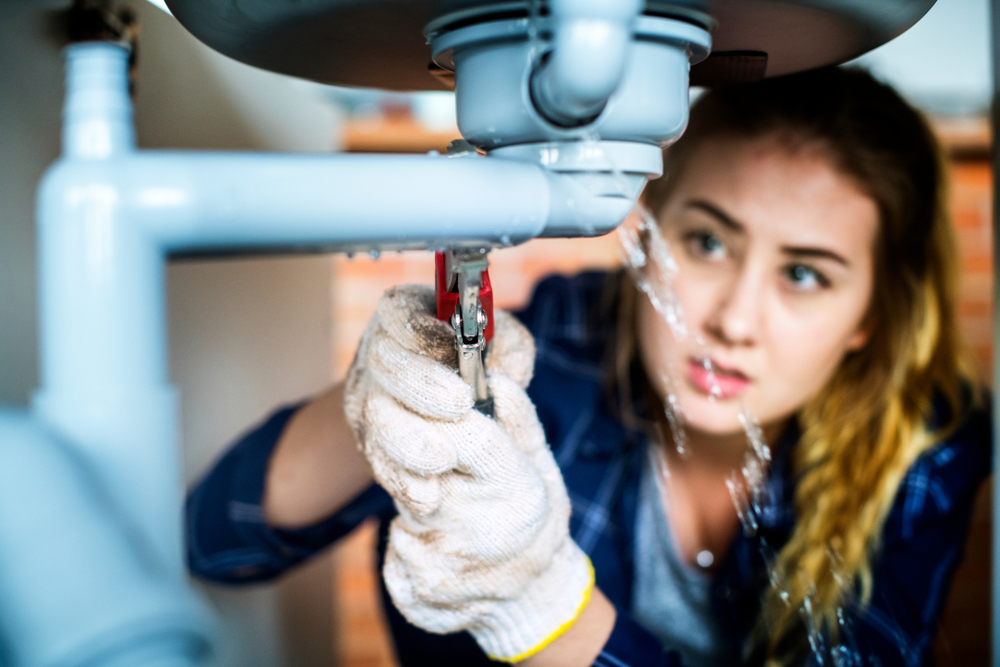In an era where precision and efficiency are paramount, the advent of the ultrasonic leak detector has significantly transformed the landscape of industrial quality assurance. This innovative tool not only detects leaks with unparalleled accuracy but also promises to revolutionize the way industries manage their products and processes. From safeguarding the manufacturing infrastructure to ensuring product integrity, ultrasonic leak detectors play a pivotal role.
With the growing emphasis on environmental sustainability, comprehensive leak detection is no longer just an option but a necessity. The benefits of a leak detection system extend beyond the confines of traditional industry applications. Detecting leaks early can forestall potential environmental hazards and save companies from incurring hefty fines due to regulatory non-compliance.

How Ultrasonic Leak Detectors Work
The principle behind ultrasonic leak detection is relatively straightforward, yet incredibly effective. Leaks, regardless of size, generate a high-frequency sound that is imperceptible to the human ear. Ultrasonic leak detectors capture these high-frequency sounds and convert them into audible noises or visual signals that can be easily interpreted by technicians.
Applications in Industrial Settings
1. Factory Pipe Monitoring: In environments where high-pressure systems are prevalent, such as factories, identifying even the smallest leaks is crucial to maintaining safety and operational efficiency.
2. Smart Building Leak Detection: In the context of modern smart buildings, leak detectors integrate with building management systems to provide real-time updates, ensuring quick response to potential breaches.
The Advantages of Using Ultrasonic Leak Detectors
The adoption of ultrasonic leak detectors comes with numerous advantages:
Accuracy and Precision
Unlike traditional methods, these detectors pinpoint even the tiniest leaks with exceptional precision, significantly reducing the possibility of undetected structural weaknesses or quality control failures.
Cost-Efficiency
The ability to mitigate leaks at an early stage prevents costly repairs and product recalls, making ultrasonic leak detection an economically prudent choice for businesses striving for leaner operations.
Moreover, companies can utilize resources more effectively, allocating budgetary expenditures towards innovation rather than correctional projects.
The Integration of Ultrasonic Leak Detectors in Modern Quality Assurance Protocols
The journey towards integrating these sophisticated detectors within current QA protocols takes strategic planning. Here's how companies successfully accomplish this integration:
Training and Deployment
Proper training of staff ensures the maximum efficiency of the equipment. By understanding the nuances of ultrasonic leak detection, technicians can deploy it more effectively, optimizing the QA process.
Implementing leak detection technology complements the existing infrastructure and security protocols, culminating in a more robust quality assurance framework. For instance, integrating AI in water management enhances leak detection by providing predictive analytics and improving response times.

Conclusion
The transformative impact of ultrasonic leak detectors on industry QA highlights a new era of technological advancement, equipping companies with the tools they need to stay ahead in rapidly evolving markets. As they continue to evolve, these detectors will undoubtedly provide even greater precision and cost efficiencies, making them an indispensable asset within the realm of industrial quality assurance.
FAQ Section
- Q: How do ultrasonic leak detectors compare with traditional methods? A: They offer superior precision and real-time leak detection, which traditional methods might miss, saving time and resources.
- Q: Can ultrasonic leak detectors be used across all industries? A: Yes, they are versatile and can be adapted to diverse industry settings, from manufacturing to service sectors.
- Q: What is the maintenance requirement for these detectors? A: With minimal moving parts, they require little maintenance, further amplifying their cost-efficiency.






